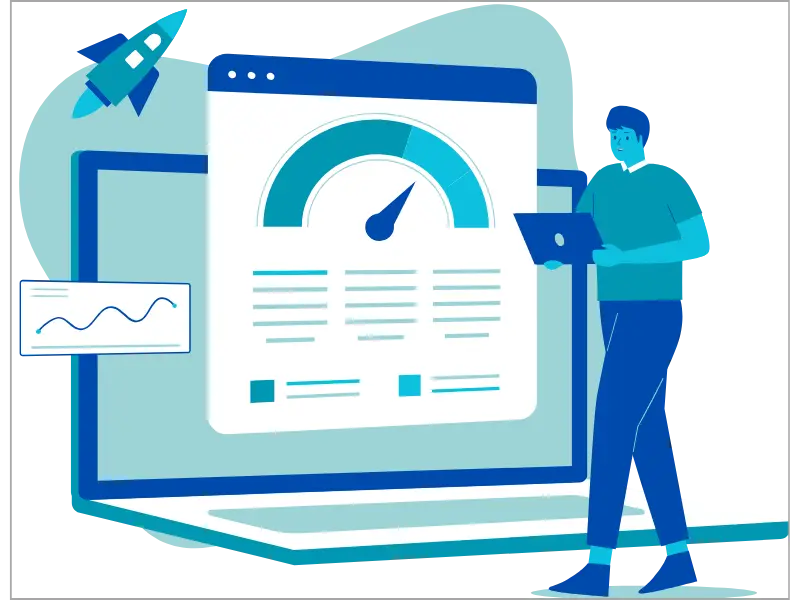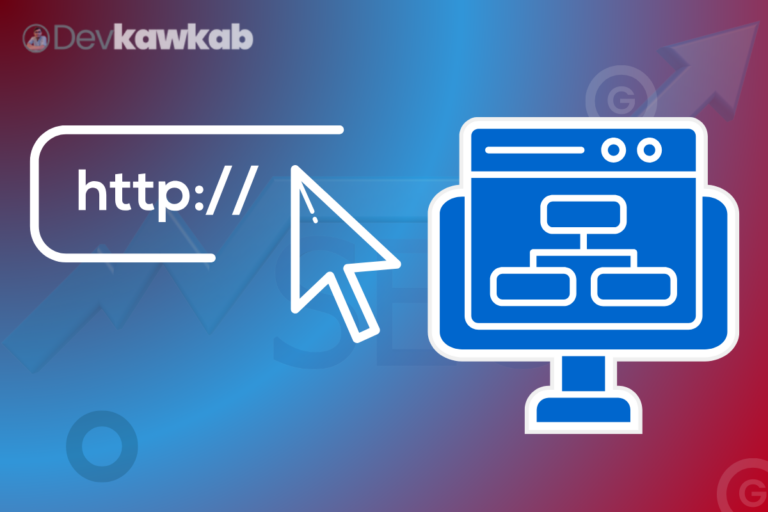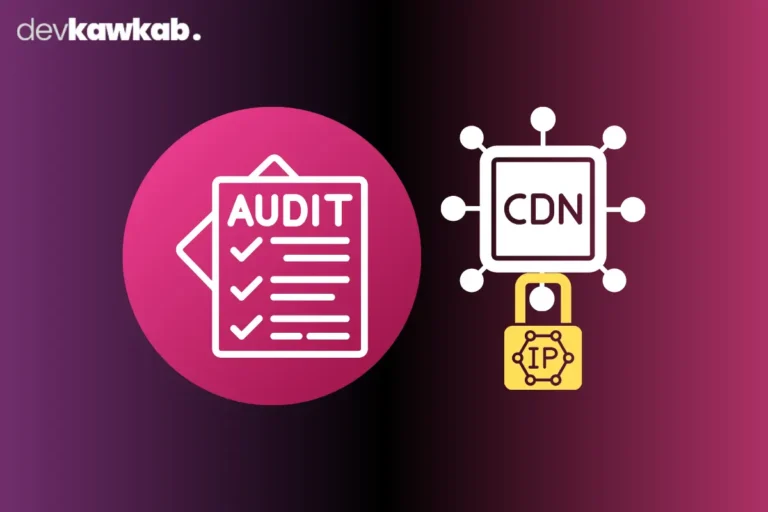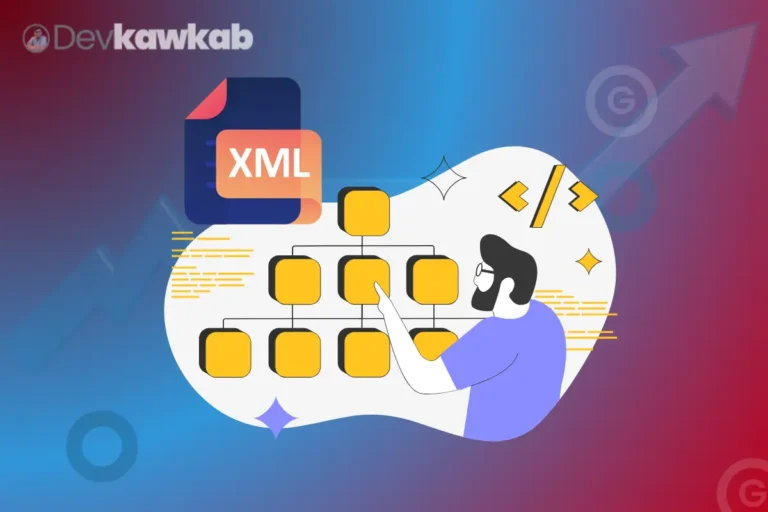This guide will dive deep into how technical SEO connects with on-page SEO and why it’s essential for improving search rankings. You’ll uncover how technical aspects like site speed, mobile optimization, and clean URLs directly impact on-page performance.
Here’s a breakdown of what you’ll learn:
- How technical SEO enhances your on-page efforts
- Key technical factors influencing on-page SEO
- The importance of schema markup and SSL for search visibility
- How internal linking and meta tags connect both SEO strategies
Let’s jump in and explore how technical SEO can elevate your on-page optimization!
Technical SEO List
To explore the connection between technical SEO and on-page SEO, it’s essential to first understand what constitutes technical SEO.
Based on my research, here’s a comprehensive list of 25 elements that make up technical SEO:
- Website Speed Optimization
- Mobile-Friendliness
- Secure Sockets Layer (SSL)
- XML Sitemap
- Robots.txt File
- Site Structure and Navigation
- URL Structure
- Canonical Tags
- Schema Markup
- 404 Pages
- Redirects 301
- Image Optimization
- Content Management System (CMS)
- Content Delivery Network (CDN)
- Browser Caching
- Link Management
- Testing for Crawl Errors
- Monitoring Site Health
- Meta Tags
- HTTP/2 Protocol
- Social Media Integration
- Local SEO Optimization
- User Experience (UX)
- Analytics and Tracking
- Content Freshness
How Does Technical SEO Enhance On-Page SEO?
Technical SEO lays the groundwork for on-page SEO success by ensuring your website is easily accessible, fast, and optimized for search engines.
Without addressing technical SEO issues, even the best content can underperform.
While on-page SEO optimizes content, technical SEO focuses on website structure and health. Together, they create a solid foundation for improved search rankings.
Optimized Crawling and Indexing
When technical SEO elements like XML sitemaps and robots.txt are properly set, search engines can easily crawl and index your content, ensuring your on-page SEO efforts are visible in search results.
Improved User Experience
Features like page speed, mobile-friendliness, and site architecture contribute directly to user experience.
A smooth user experience leads to improved engagement metrics, such as lower bounce rates, ultimately put on your on-page SEO performance.
Which Technical SEO Factors Influence On-Page SEO?
Technical SEO consists of many elements that influence on-page SEO.
The following factors ensure that your on-page SEO strategies work effectively by making the content more visible and accessible.
Site Speed
Site speed is a critical part of technical SEO that directly affects on-page SEO. A slow website discourages users and negatively impacts rankings.
Fast-loading pages lead to higher user engagement and better on-page performance.
Mobile Optimization
With mobile traffic increasing, mobile-friendly websites are crucial.
Google uses mobile-first indexing, so ensuring your site performs well on mobile devices is important for both technical and on-page SEO.
Structured Data
Structured data or schema markup helps search engines understand your content.
Providing additional context through schema can boost click-through rates (CTR), significantly influencing the effectiveness of your on-page SEO efforts.
How Does Site Speed Affect On-Page SEO?
Page speed plays a significant role in on-page SEO because users and search engines favor fast-loading websites.

Google considers site speed as a ranking factor, and a slow website often results in high bounce rates and lower engagement.
Faster Loading Equals Higher Engagement
If your site loads quickly, users are more likely to stay and engage with your content. This improves key on-page SEO metrics like time-on-page and session duration.
Better Rankings with Faster Pages
Google’s algorithms prioritize faster websites, especially on mobile.
Optimizing site speed helps your on-page SEO efforts by pushing your content higher in search results, leading to more traffic and conversions.
What Is the Link Between Mobile Optimization and On-Page SEO?
Mobile optimization is no longer optional. With mobile-first indexing, Google primarily looks at your site’s mobile version for ranking and indexing.
User interactions with your site are influenced by how well it’s optimized for mobile, which in turn impacts on-page SEO.
Mobile-Friendly Layouts Increase Engagement
Websites optimized for mobile are more accessible, enhancing user experience.
This directly boosts on-page SEO metrics like bounce rate and session duration, improving overall rankings.
Mobile Optimization and Conversion Rates
A mobile-optimized website creates a seamless experience for users, increasing the likelihood of conversions.
Ensuring that all on-page SEO elements are mobile-friendly enhances engagement and ultimately leads to more conversions.
Why Is a Clean URL Important for On-Page SEO?
A clean and organized URL structure is vital for on-page SEO because it improves both user experience and search engine readability.
URLs should be descriptive, short, and relevant to the content, helping search engines and users understand the page topic.
Easy Navigation for Users
A well-structured URL helps users easily navigate your site. Clean URLs contribute to higher click-through rates (CTR), which improves on-page SEO performance.
Better Crawling for Search Engines
Clean URLs make it easier for search engine bots to crawl and index your website.
This ensures that your on-page SEO efforts, such as optimized keywords, are correctly understood by search engines, improving your chances of ranking higher.
How Do Meta Tags Connect Technical and On-Page SEO?
Meta tags, including title tags and meta descriptions, serve as the bridge between technical SEO and on-page SEO.
These elements provide search engines with information about the page content, influencing how well your page ranks.
Optimizing Title Tags for SEO
The title tag is a key component of both technical and on-page SEO.
It helps search engines understand the page’s content and signals its relevance to the target keywords, improving rankings.
Crafting Meta Descriptions for Clicks
A well-written meta description encourages users to click on your link in the search results.
Although it’s not a direct ranking factor, a high click-through rate (CTR) improves on-page engagement, which positively affects your overall SEO strategy.
What Impact Do Internal Links Have on On-Page SEO?
Internal linking is crucial for on-page SEO as it helps distribute link equity across different pages, improving the overall authority of your site.
It also ensures that users and search engines can easily navigate your website.
Boosting Page Authority
Internal links help pass authority between pages. When high-ranking pages link to other relevant pages, it boosts the rankings of those pages, enhancing your on-page SEO.
Improving User Experience
Effective internal linking guides users to more content, increasing engagement metrics like time-on-page and reducing bounce rates.
These metrics directly impact your on-page SEO performance.
Why Is Monitoring Crawl Errors Vital for On-Page SEO?
Crawl errors can prevent search engines from accessing your content, undermining your on-page SEO efforts.
Regularly monitoring crawl errors ensures that search engines can index your pages correctly, maximizing visibility.
Avoiding Missed SEO Opportunities
Crawl errors like 404s or server issues block search engines from indexing your content, meaning all your on-page SEO work might go unnoticed.
Fixing these errors ensures full indexing.
Maintaining a Seamless User Experience
Users who encounter broken links or 404 pages may leave your site, negatively affecting engagement.
Monitoring and fixing crawl errors helps improve on-page SEO by keeping users engaged with your content.
How Does Schema Markup Boost On-Page SEO?
Schema markup, a type of structured data, provides search engines with additional context about your content, leading to enhanced visibility in search results.
Adding schema improves on-page SEO by making your content more discoverable.
Rich Snippets and CTR
Pages with schema markup are eligible for rich snippets, which improve visibility in search results.
Higher visibility often leads to a better click-through rate (CTR), which positively impacts on-page engagement metrics.
Better Understanding of Content
Search engines use schema to better understand the context of your content.
This improves indexing accuracy, enhancing your on-page SEO performance by showing the right content to the right users.
What Role Does SSL Play in On-Page SEO?
An SSL certificate ensures that your website is secure by encrypting the connection between the server and the user.
Google considers SSL as a ranking factor, making it an important part of both technical and on-page SEO.
Security as a Ranking Factor
Having an SSL certificate helps establish trust with both users and search engines.
Google prioritizes secure websites, meaning that SSL directly influences your page rankings.
Enhancing User Trust and Engagement
Websites with SSL certificates display the “HTTPS” protocol, which builds user trust.
Secure websites tend to have lower bounce rates, improving user engagement metrics that contribute to on-page SEO performance.
Final Words
Understanding the interplay between technical SEO and on-page SEO is vital for optimizing your website effectively. By focusing on factors like site speed, mobile optimization, and clean URLs, you can significantly enhance user experience and improve search rankings.
Integrating these technical aspects with on-page strategies ensures your content is not only visible but also valuable to users. This holistic approach paves the way for better conversions and overall website performance.
Embrace these technical elements to elevate your on-page SEO game. Stay ahead in the competitive landscape and watch your rankings soar!
Related Articles:






